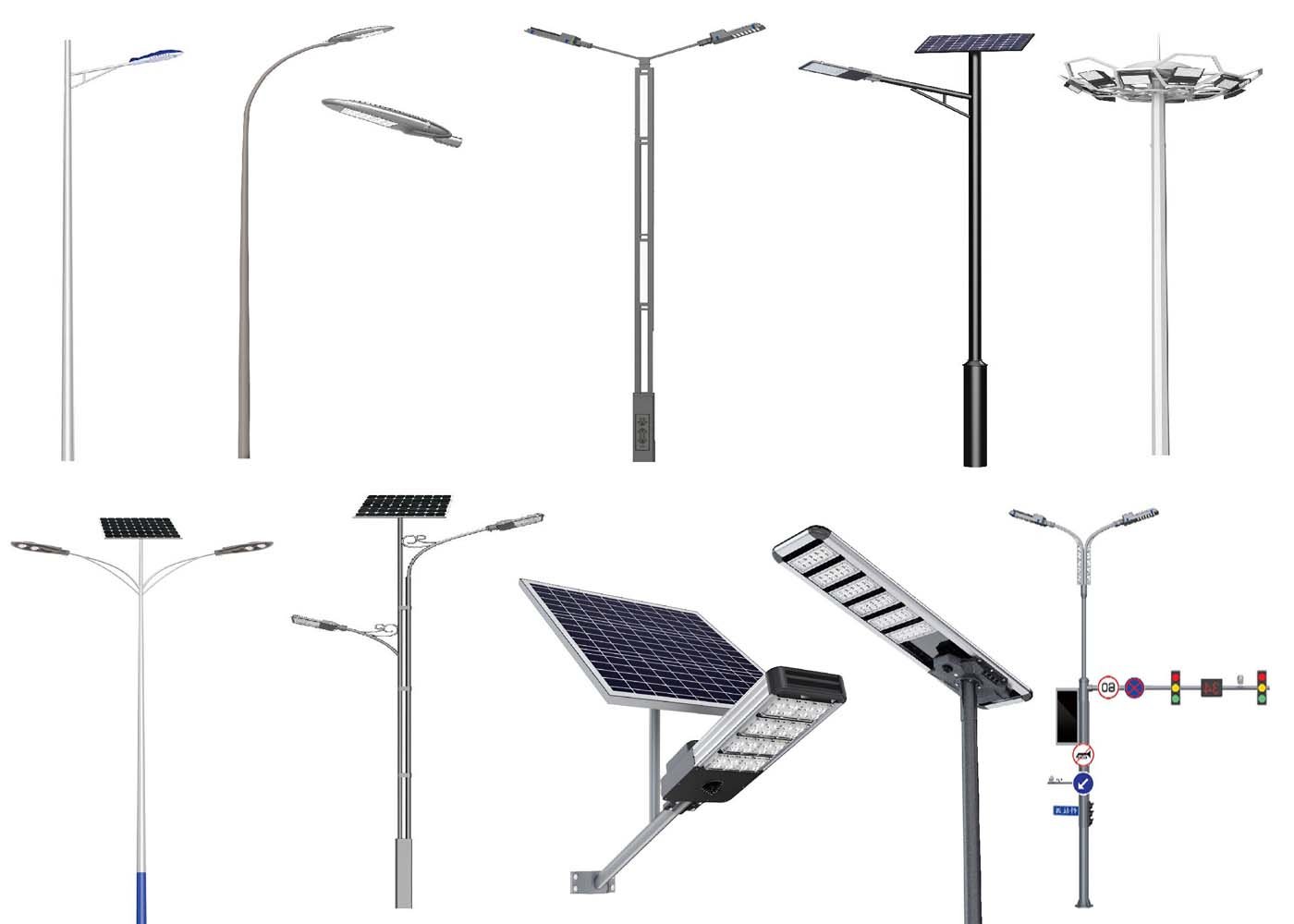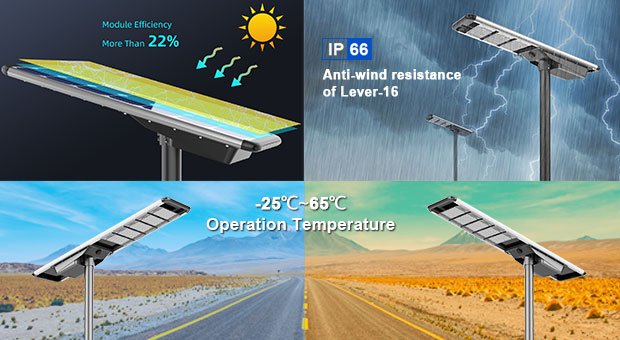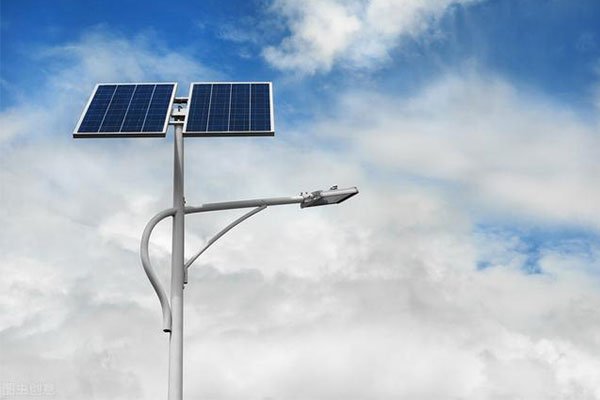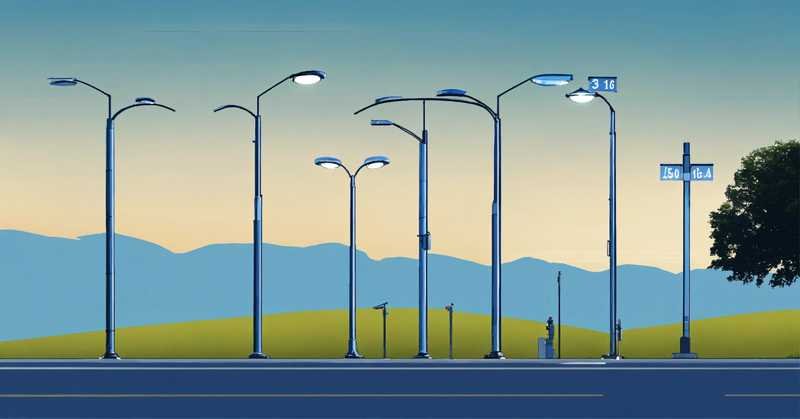The need for renewable energy is growing rapidly, with solar power taking center stage. Solar power has become a widely adopted eco-friendly solution, and its use in street lighting is on the rise. This article dives into the advantages and disadvantages of solar power, with a particular focus on solar street lights.
Solar power is a sustainable and cost-effective energy solution that is gaining popularity worldwide. Solar street lights, which harness solar energy, offer an eco-friendly alternative to traditional street lighting.
Solar power and solar street lights have numerous benefits, but they also come with challenges. Let's dive into the key factors that can help you make an informed decision.
What is Solar Power?
Solar power is one of the most popular and sustainable energy solutions today. But how does it work, and why is it so important for our future?
Solar power harnesses energy from the sun through solar panels to generate electricity. This renewable source of energy plays a vital role in reducing reliance on fossil fuels.

Solar power works through a process called photovoltaics (PV), where solar panels capture sunlight and convert it into electricity. Solar panels are made up of semiconductor materials, usually silicon, which absorb sunlight and create an electric current. This electricity can then be used to power homes, businesses, and even street lights.
The importance of solar power cannot be overstated. With increasing concerns over climate change and environmental degradation, solar power provides a sustainable solution to energy demands. Additionally, unlike fossil fuels, solar power does not produce harmful emissions, which means it helps mitigate air pollution and greenhouse gases.
How Solar Panels Generate Electricity
Solar panels are typically made up of individual solar cells that convert sunlight into electricity. The basic principle is simple:
- Sunlight hits the solar cells.
- The energy from the sunlight excites the electrons in the semiconductor material.
- This movement of electrons generates an electric current.
The generated electricity can either be stored in batteries for later use or used immediately to power devices.
Advantages of Solar Power
Solar power offers a multitude of benefits, making it a top choice for sustainable energy solutions. Here are the primary advantages.
The environmental and financial benefits of solar power are undeniable. It provides clean energy, reduces dependence on fossil fuels, and leads to long-term cost savings.
Here are some key advantages of solar power:
| Advantage | Description |
|---|---|
| Environmental Benefits | Solar power reduces greenhouse gas emissions and air pollution by relying on sunlight, a natural resource, rather than burning fossil fuels. |
| Cost-Effectiveness and Savings | Although solar panels require an initial investment, the long-term savings on energy bills make them cost-effective in the long run. |
| Reduces Dependence on Fossil Fuels | Solar power decreases our reliance on non-renewable energy sources, promoting sustainability and energy security. |
| Job Creation | The rise of solar power technology has led to the creation of jobs in manufacturing, installation, and maintenance. |
While the initial investment can be higher, the long-term savings on utility bills make solar power a wise financial choice. Additionally, as the global push for sustainability grows, governments are offering incentives and subsidies to make solar power more affordable.
Disadvantages of Solar Power
Despite its advantages, solar power has some limitations that need to be considered before making the switch.
The initial cost of installing solar panels and their dependence on weather conditions can be seen as major drawbacks for many users.
While solar power has plenty of benefits, it also comes with certain challenges:
| Disadvantage | Description |
|---|---|
| High Initial Investment | The upfront cost of purchasing and installing solar panels can be significant, making it a barrier for some households and businesses. |
| Weather Dependency | Solar panels are less effective in cloudy, rainy, or snowy conditions, reducing their efficiency in regions with inconsistent sunlight. |
| Energy Storage Challenges | Solar power requires battery storage to maintain a consistent energy supply, but batteries can degrade over time and are expensive to replace. |
| Space Requirements | Solar panels require large surface areas to generate significant amounts of energy, which may not be feasible in all locations. |
While solar technology is improving every year, challenges like energy storage and geographical limitations still need to be addressed for widespread adoption.
What are Solar LED Street Lights?
Solar LED street lights are a prime example of solar power technology in action. But what exactly are they, and how do they work?
Solar LED street lights use solar energy to power LED lamps, offering an eco-friendly and cost-effective solution for outdoor lighting needs.

Solar LED street lights consist of solar panels, LED lamps, and batteries. The solar panel absorbs sunlight during the day, storing energy in the batteries. At night, the LED lamp draws power from the stored energy to provide illumination. These lights are ideal for outdoor areas such as streets, parks, and parking lots.
There are two main types of solar LED street lights:
-
Integrated Solar LED Street Lights
These lights have the solar panel, LED lamp, and battery integrated into one unit. This design is compact, easy to install, and low-maintenance. -
Split-Type Solar LED Street Lights
The solar panel and LED lamp are separate components. This type offers more flexibility for installation, especially in areas with space constraints or unique lighting needs.
Why Solar LED Street Lights are Widely Used
Solar LED street lights are becoming increasingly popular for several compelling reasons. But why exactly are they so widely used today?
Solar LED street lights are gaining traction due to their sustainability, efficiency, and cost-saving benefits. As urban areas and remote locations seek eco-friendly solutions, these lights offer the perfect solution.
The growing popularity of solar LED street lights can be attributed to the following factors:
- Sustainability: Solar street lights use renewable solar energy, reducing reliance on grid electricity and decreasing carbon footprints.
- Cost-Effectiveness: While the initial installation cost can be high, solar LED street lights save money in the long run through reduced electricity bills and minimal maintenance costs.
- Ease of Installation: These lights do not require complex wiring or connection to the electricity grid, making them easy to install in remote areas.
- Reliability: With minimal moving parts and long-lasting components, solar street lights are known for their durability and ability to withstand harsh weather conditions.
In cities, rural areas, and even in developing countries, solar LED street lights are becoming a staple due to their environmental and economic benefits.
Benefits of Solar LED Street Lights
Solar LED street lights offer a variety of benefits, making them the ideal solution for many municipalities and businesses. Let’s take a closer look.
The main benefits of solar LED street lights include energy savings, low maintenance costs, and their positive impact on the environment.
| Benefit | Description |
|---|---|
| Energy-Saving and Eco-Friendly | Solar lights operate on renewable solar energy, making them environmentally friendly and cost-effective in the long run. |
| Durability and Low Maintenance | Solar LED street lights require very little maintenance. The LED lights last longer than traditional lights, reducing the need for frequent replacements. |
| Simple Installation | Installation is easier as no wiring or connection to the power grid is required, especially in remote or off-grid locations. |
| Cost-Effectiveness | Although the initial cost can be higher, the overall savings on energy and maintenance make solar LED lights an affordable choice in the long run. |
| Safety and Reliability | Solar LED lights provide reliable lighting without the need for external power sources, ensuring consistent illumination in any location. |
Challenges of Solar LED Street Lights

Despite their numerous advantages, solar LED street lights come with a few challenges. It’s essential to be aware of these factors before investing.
The primary challenges include high initial investment costs, battery lifespan issues, and performance limitations in poor weather conditions.
| Challenge | Description |
|---|---|
| High Initial Investment | The upfront cost of solar LED street lights, especially high-quality units, can be substantial, which might deter some municipalities from investing. |
| Battery Lifespan and Reliability | Solar street lights depend on batteries to store energy. Over time, batteries degrade, and their performance can decrease. |
| Risk of Theft | In some areas, the solar panels or batteries may be prone to theft due to the valuable materials they contain. |
| Efficiency in Poor Weather | Solar lights are less effective in cloudy or rainy weather, which can result in reduced illumination during extended cloudy periods. |
Conclusion
Solar power and solar LED street lights offer clear environmental and economic advantages. However, their higher initial investment and dependency on weather conditions should be carefully considered before adopting them as long-term solutions.







